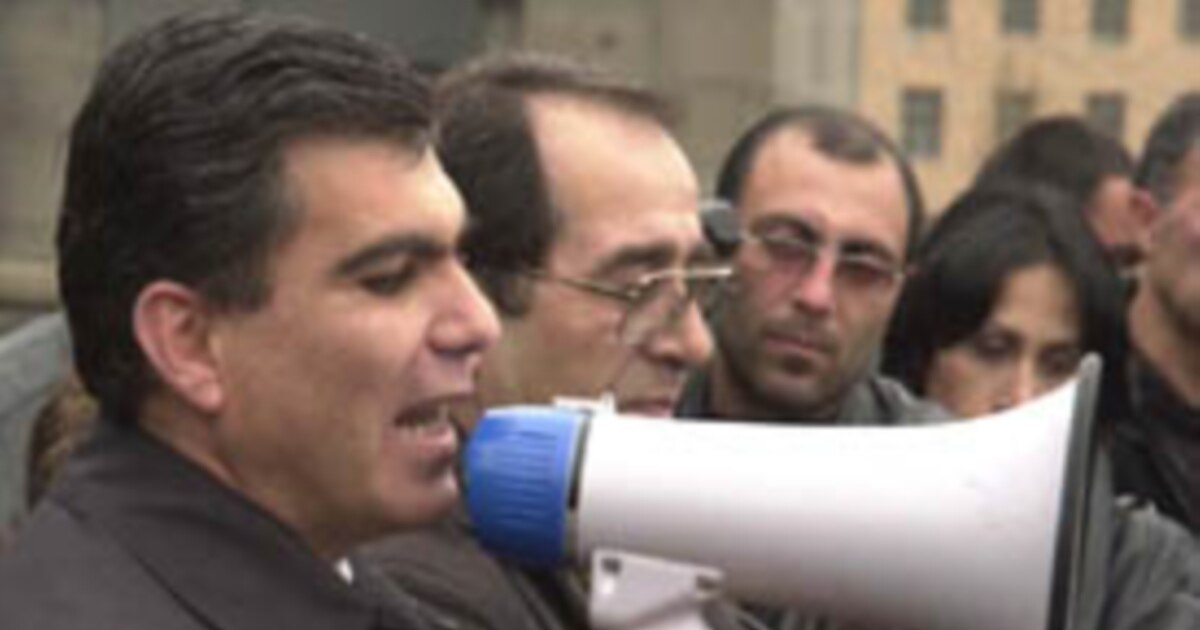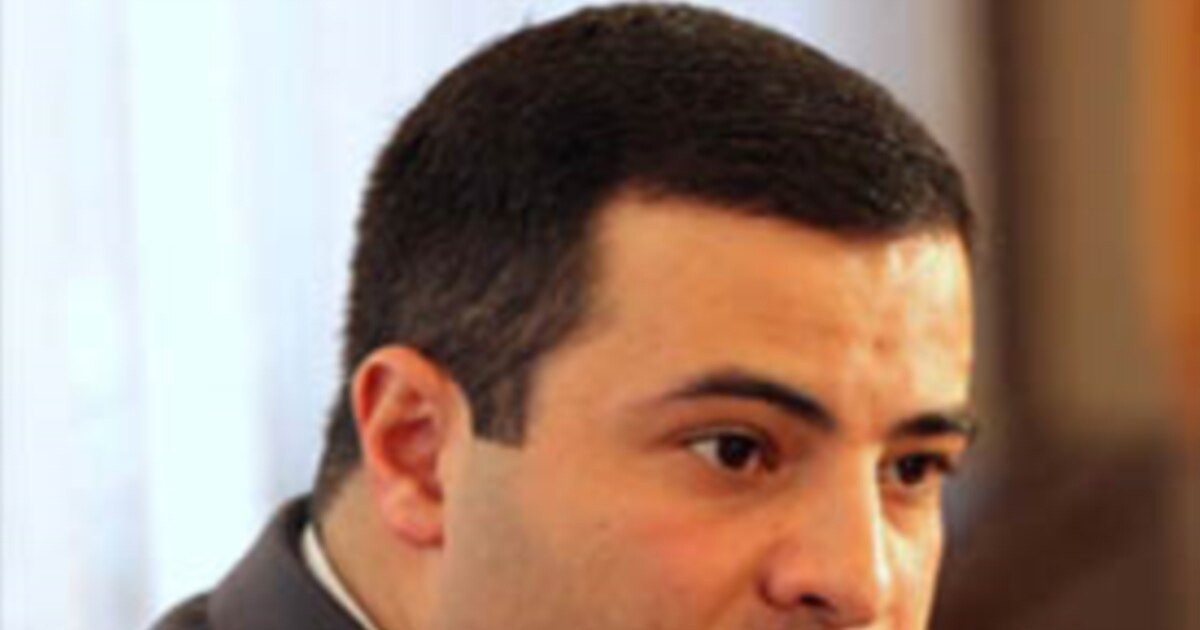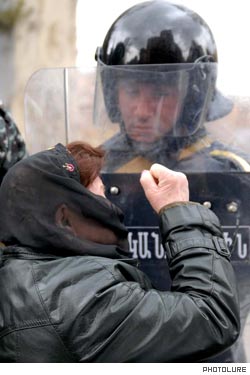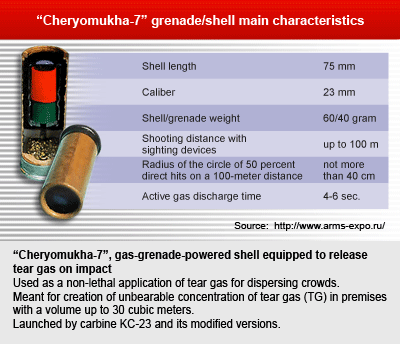Re: Presidential elections 2008 in Armenia
Color Blind?: Eight months on, ruling party revives revolution theory

Senior member of Armenia’s governing party alleges financial sources from the United States stood behind the foiled “colored” revolution in Yerevan last spring.
Razmik Zohrabyan, the Vice-Chairman of the Republican Party of Armenia (RPA), claimed Tuesday that the activities of the ex-president and opposition leader Levon Ter-Petrosyan have been financed by the authors of “colored” revolution scenarios for post-Soviet countries.
“The sources of financing should be sought within circles of ‘colored revolution projects’ – in the United States,” Zohrabyan said.
Zohrabyan claims March 1 ‘revolution’ has the same script-writers as the other color revolutions.
President Serzh Sargsyan, who is the RPA leader, has so far abstained from publicly voicing any such theory and making direct accusations against his rival in the February presidential election of getting money from sources in the West to finance his opposition movement and election bid.
It can be assumed, however, that Zohrabyan’s statement reflects the position of the political organization led by Armenia’s current head of state. Otherwise, it could be viewed as a sign of the presence of essential differences within the RPA ranks on such major issues.
Many have regarded the dramatic events in Yerevan in the period after the February 19 presidential election, including nonstop opposition demonstrations, street violence and deadly clashes between protesters and security forces on March 1-2, within the context of so-called “colored revolutions”, in other words regime changes in post-Soviet bloc countries bringing to power pro-West democratically elected leaders. However, there appears to be little evidence to substantiate the claims. After all, the main feature of Georgia’s “rose” and Ukraine’s “orange” revolution was an inevitable change of power, which, however, did not happen in Armenia.
Besides, regardless of their actual results, “colored projects” proper are implemented on the axis of national and even nationalist sentiments, and the axis connects two poles of political life – foreign (West-Russia antagonism) and domestic (Opposition-Government antagonism).
The “Orange Bloc” in Ukraine would have hardly won the support of masses had it been propagandizing the need for establishing good-neighborly relations with Russia by means of granting the population of the Crimea – a peninsula in the extreme south of Ukraine known for its particularly pro-Russian attitudes and also hosting part of Russia’s Black Sea navy -- the right to a plebiscite to determine its future status. The situation of the leaders of the Georgian “Revolution of Roses” would have been unenviable had they publicly admitted the possibility of recognizing the right of the breakaway provinces of Abkhazia and South Ossetia to independence from Tbilisi.
Nothing of the kind was observed in Armenia. But in any case, the version about the “failed colored revolution” is still quite popular within certain political and public circles. Meanwhile, some analysts are paying attention to the “western project”. The matter concerns ex-Foreign Minister Vardan Oskanyan’s setting up his own political party.
Leaving the ministerial post earlier this year, Oskanyan became head of a foundation for political researches called Civilitas that he had himself established. Interestingly, ex-Speaker of the Georgian Parliament Nino Burjanadze is a member of the foundation’s board of trustees.
Burjanadze, viewed by many as a possible Western-backed successor of current Georgian President Mikhail Saakashvili, also stated her intention to set up her own political party and the news about Oskanyan’s and Burjanadze’s comebacks to major-league politics appeared simultaneously – October 27-28.
From http://armenianow.com/?action=viewAr...D=1207&lng=eng
Color Blind?: Eight months on, ruling party revives revolution theory

Senior member of Armenia’s governing party alleges financial sources from the United States stood behind the foiled “colored” revolution in Yerevan last spring.
Razmik Zohrabyan, the Vice-Chairman of the Republican Party of Armenia (RPA), claimed Tuesday that the activities of the ex-president and opposition leader Levon Ter-Petrosyan have been financed by the authors of “colored” revolution scenarios for post-Soviet countries.
“The sources of financing should be sought within circles of ‘colored revolution projects’ – in the United States,” Zohrabyan said.
Zohrabyan claims March 1 ‘revolution’ has the same script-writers as the other color revolutions.
President Serzh Sargsyan, who is the RPA leader, has so far abstained from publicly voicing any such theory and making direct accusations against his rival in the February presidential election of getting money from sources in the West to finance his opposition movement and election bid.
It can be assumed, however, that Zohrabyan’s statement reflects the position of the political organization led by Armenia’s current head of state. Otherwise, it could be viewed as a sign of the presence of essential differences within the RPA ranks on such major issues.
Many have regarded the dramatic events in Yerevan in the period after the February 19 presidential election, including nonstop opposition demonstrations, street violence and deadly clashes between protesters and security forces on March 1-2, within the context of so-called “colored revolutions”, in other words regime changes in post-Soviet bloc countries bringing to power pro-West democratically elected leaders. However, there appears to be little evidence to substantiate the claims. After all, the main feature of Georgia’s “rose” and Ukraine’s “orange” revolution was an inevitable change of power, which, however, did not happen in Armenia.
Besides, regardless of their actual results, “colored projects” proper are implemented on the axis of national and even nationalist sentiments, and the axis connects two poles of political life – foreign (West-Russia antagonism) and domestic (Opposition-Government antagonism).
The “Orange Bloc” in Ukraine would have hardly won the support of masses had it been propagandizing the need for establishing good-neighborly relations with Russia by means of granting the population of the Crimea – a peninsula in the extreme south of Ukraine known for its particularly pro-Russian attitudes and also hosting part of Russia’s Black Sea navy -- the right to a plebiscite to determine its future status. The situation of the leaders of the Georgian “Revolution of Roses” would have been unenviable had they publicly admitted the possibility of recognizing the right of the breakaway provinces of Abkhazia and South Ossetia to independence from Tbilisi.
Nothing of the kind was observed in Armenia. But in any case, the version about the “failed colored revolution” is still quite popular within certain political and public circles. Meanwhile, some analysts are paying attention to the “western project”. The matter concerns ex-Foreign Minister Vardan Oskanyan’s setting up his own political party.
Leaving the ministerial post earlier this year, Oskanyan became head of a foundation for political researches called Civilitas that he had himself established. Interestingly, ex-Speaker of the Georgian Parliament Nino Burjanadze is a member of the foundation’s board of trustees.
Burjanadze, viewed by many as a possible Western-backed successor of current Georgian President Mikhail Saakashvili, also stated her intention to set up her own political party and the news about Oskanyan’s and Burjanadze’s comebacks to major-league politics appeared simultaneously – October 27-28.
From http://armenianow.com/?action=viewAr...D=1207&lng=eng



















Comment